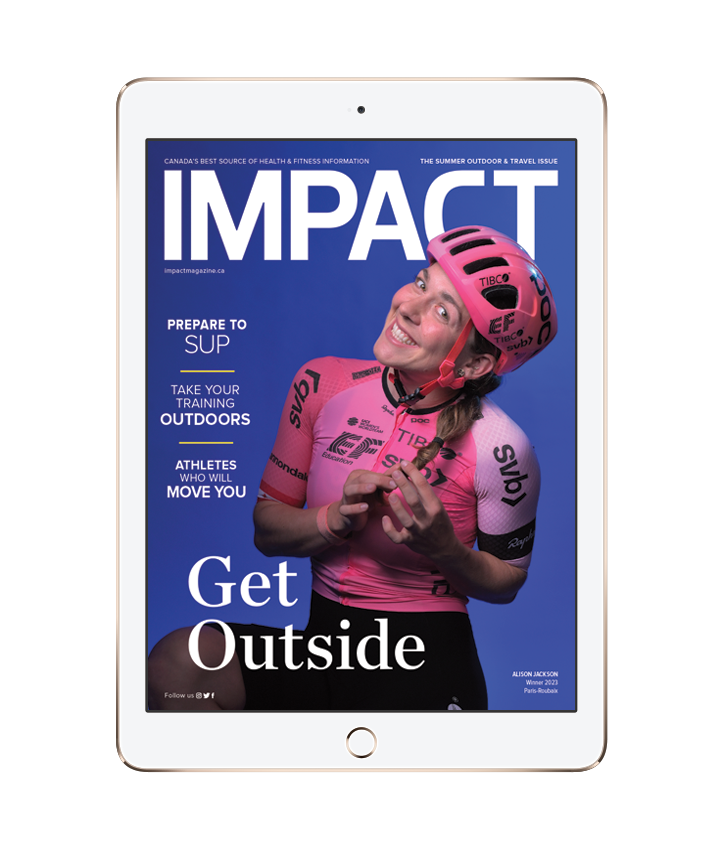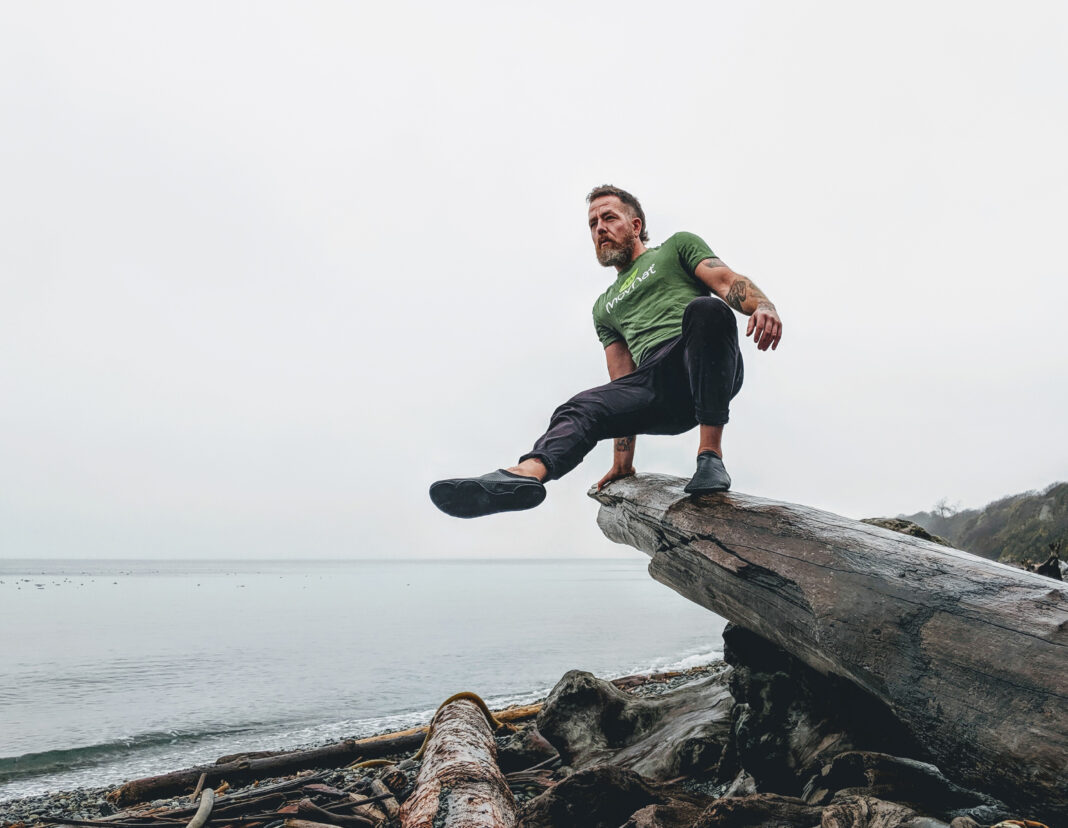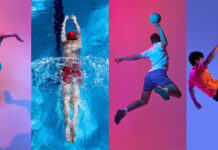As a once-upon-a-time trainer returning from a three-year hiatus, I was searching for what was next. I wanted the future.
I figured there was some juicy system combining tech wizardry and traditional methods out there, or a marriage of complex skill sets and advanced protocols that would revolutionize the classic fitness macrocycle.
I searched—endless keystrokes on my laptop—but didn’t find the thing; the thing found me. I discovered my fitness manna in a podcast shared by a friend who understood my plight.
The ironic part was that the conversation wasn’t about something futuristic but instead recounted a system from a bygone era, our collective human past.
They were discussing MovNat and throughout the dialogue, it became obvious to me that a disconnect had occurred between our ancestral past and the present day which had stripped us of our biological heritage. We weren’t performing the same tasks we once did to simply survive as a species—tasks and movements we were built to perform.
Erwan Le Corre, the founder and creator of MovNat, laid it out for the podcast host stating that natural human movement skills are a missing ingredient in modern fitness and this is doing us a great disservice, perhaps even contributing to our present-day malaise.
MovNat, like other natural fitness programs, is a system of physical education that helps one discover the deepest levels of competency of the human animal. The power comes from realigning ourselves with the very nature of our existence. Through intelligent progressions, and by moving in the ways we have evolved to move, we regain dormant abilities and skills to a level that by contrast seems superhuman.
Natural movement involves familiar manipulative skills like lifting and carrying, catching, and throwing, and locomotive patterns like crawling, running, vaulting, climbing, jumping, and swimming. Aspects of ground movements consisting of rudimentary positions like laying, sitting, kneeling, and squatting are enhanced by exploring the transitional spaces between them.
This is the domain of human movement—robust, full-spectrum, requiring and nurturing elements of strength, balance, mobility, coordination, endurance, power, and grace.
You wouldn’t expect a cheetah to train to hunt by running on a treadmill the same way you can’t expect an eagle to develop the wings for flight on a cable crossover machine. Why would you then expect humans to thrive in the same artificial conditions?
To understand this is to consider context: the synthesis of situation and environment. Humans evolved in less predictable surroundings and had to move more often and with greater variety. Modern conveniences and technologies have supplanted these variables, resulting in ever decreasing volume and complexity.
The antidote lay in the reintroduction of our natural movement patterns through task-oriented activity. Practical skills assist us in our day-to-day lives as well as provide insurance when life hands us something more. Practical movement skills and real-world fitness are what the hallmarks of real capability entail.
Consider introducing natural movement into your fitness routine. You need little to no equipment as it is incredibly versatile and highly adaptable. Whether you use traditional weights, sandbags, kettlebells, logs, rocks, a tree, wall, table, bench, etc., anything can act as a tool or obstacle with which to engage in a comprehensive and challenging workout that can meet you where you are, regardless of your current level of fitness and ability.
A simple approach could look like a 10- to 20-minutes circuit where you crawl for 20 seconds, hang or swing from a tree branch, ledge, or bar, balance on a narrow surface while walking forwards, backwards, and sideways, then a series of get-ups from the ground to standing. Try lifting and throwing a heavy object a few times followed by some jumping repetitions and a quick sprint. Explore creative ways to get under, over or through obstacles in your environment while carrying an object.
A more restorative session could have you transition between laying, sitting, kneeling, and squatting positions on the ground while mindfully breathing with your diaphragm. Allow simplicity and practicality to be your guiding principles.
Natural movement is especially empowering for me as a coach as it helped me develop a new lens through which to see the potential in my clients, my environment, and most importantly myself.
It is ridiculously fun, engaging, never gets boring, and demands a level of mindfulness that undoubtedly lends itself to cognitive gains. I’ve come to understand what it’s like to experience steadily increasing ability while ensuring safety and a path toward longevity.
Turns out I found the future after all.
You may also like: MovNat — Get Back to Moving Naturally

Read This Story in Our 2023 Summer Outdoor & Travel Issue
Featuring Alison Jackson, Canadian cyclist and only North American male or female to win the famed Paris Roubaix. Travel the country’s most stunning hot spots by campervan. Become a better trail running by improving your ascents and descents—plus, train outdoors with Canada’s Top Fitness Trainers. Enjoy plant-based summer recipes and so much more.

















